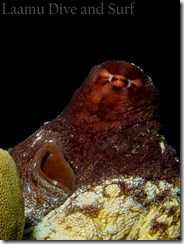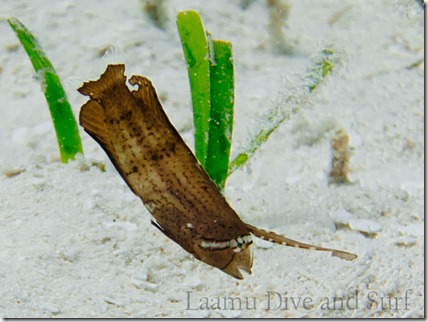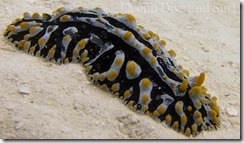I’m a big believer in diving shallow for the most part. Not only for photography, but also fun diving. Fish and coral numbers and diversity are spread through the water column much like an inverted pyramid with the majority of tropical life found in the top 10m of water. As we dive deeper we gradually lose light and fish numbers start to dwindle. That said, fish and corals have adapted over time to inhabit all the ranges of the ocean, so deeper dives can also be rewarding for certain species of coral and fish that live deeper down.
Photography is a mixture of ‘Light and Time’. I have found that underwater photography is so much easier in the shallows where there is plenty of both, as well as a variety of subjects to concentrate on.


I took the first Butterfly Fish picture a few weeks ago at the end of a dive. Compared to my earlier shots that were deeper… the end result is much more pleasing. This is for me a good example of simple diving and simple photography. ‘Light and Time’- at approximately 3m underwater there is plenty of light to show off the colours, and plenty of diving time to position oneself for the shot.
The middle photo is a Garden Eel- relatively common but extremely shy. It took more than 20 minutes to get this shot but at 5m underwater and with me being as stubborn as a mule… well, again there was plenty of time.
Finally an octopus- again a fairly common animal but often difficult to approach without it withdrawing in to a hole. I spent at least a few minutes just hovering close to the octopus ‘ignoring’ it. This works really well with certain animals (turtles spring to mind) as they seem to finally accept your presence and do not feel threatened. I eventually had the camera within 30cm of it’s face and was able to adjust my settings and position without scaring it. I wanted to get both the eye and the siphon in the shot using ‘the rule of thirds’. Unfortunately I couldn’t help but get some of the coral in the bottom left of the shot- that would have made the shot really nice in my (ever so humble) opinion.

These photos were taken with a Canon S95 compact camera, INON S2000 strobe and edited in Lightroom/Photoshop.



















